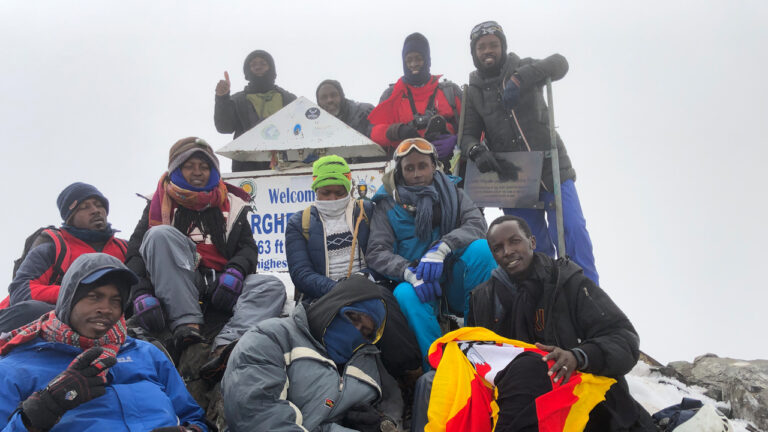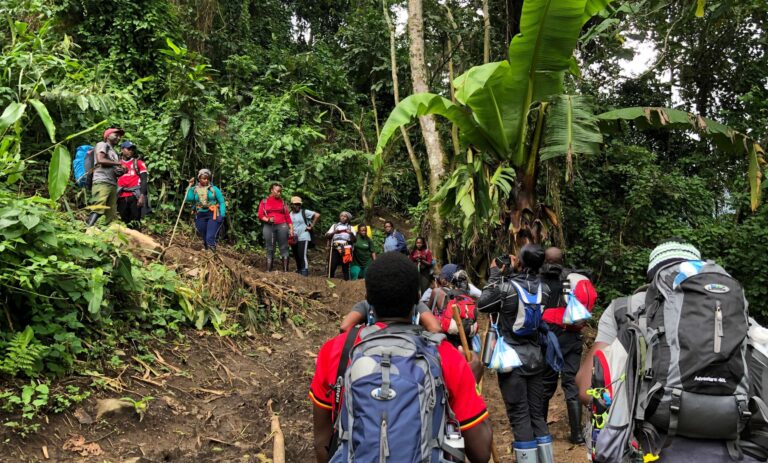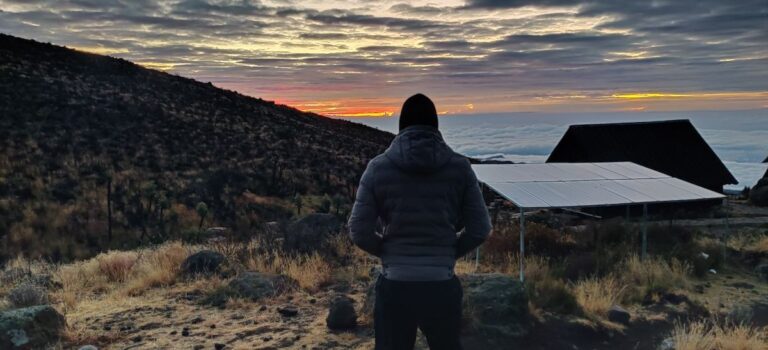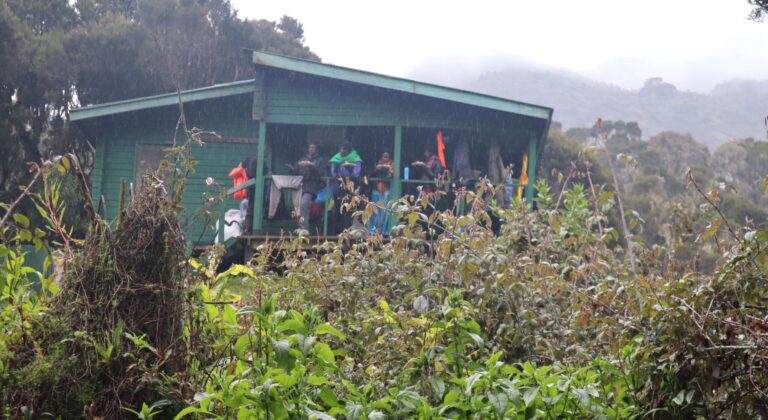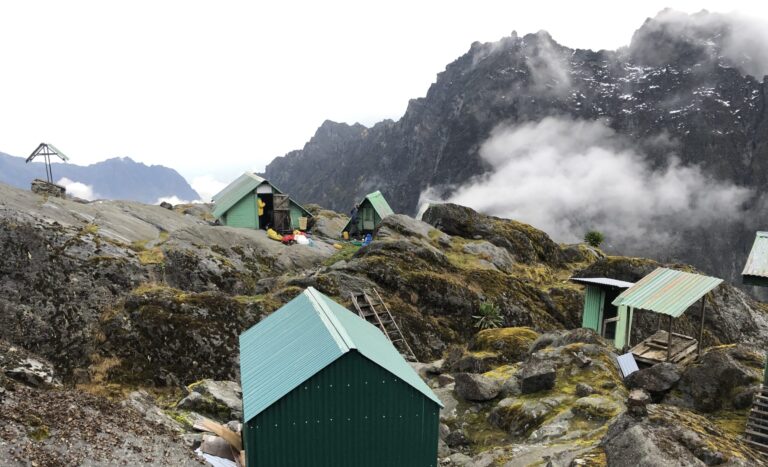If 900 words of this post feels like too much for you, watch this 6min vlog I put together summarising my experience tracking mountain Gorillas in Bwindi Impenetrable National Park (BINP).
In the first place, Why Track Gorillas as a Ugandan?
When I was 12, roughly 14 years ago, I came to know about the Bwindi Impenetrable National Park being the densest forest in Uganda, now a gazetted world heritage site by UNESCO. It is also known to be one that hosts the highest number of mountain Gorillas in the whole world.
The word “mountain Gorillas” caught my attention, being an elementary student in primary six. For starters, I couldn’t connect the dots, how an animal could be called a “mountain” Gorilla yet live in the forest.
I was amazed at the fact that these mountain Gorillas have the closest DNA to that of human beings. This I learnt as early as elementary school from my literacy teacher but was yet to see it for myself.
Moving forward, after my first close encounter with mountain Gorillas, I couldn’t believe the time came that I finally was able to physically see them near humans.
What to Know About Gorillas
Mountain Gorillas have the highest concentration in Uganda and the fact that they can only be found in Uganda, DR Congo and Rwanda made me more curious and interested about it.
Of course, there are more types of Gorillas. From the Eastern lowland Gorillas majorly found in the eastern part of DR Congo to the Western lowland Gorillas found mainly in central and west Africa, and the Cross River Gorillas mostly found in the northern and western part of Africa. What makes mountain Gorillas standout the most is the fact they are the second highly endangered species after Cross River Gorillas, with only less than 900 in total.
What makes mountain Gorillas standout even the most is the fact they are the second highly endangered spices after Cross River Gorillas with only less than 900 in total.
Mountain Gorillas are only found in the Virunga mountain regions of Uganda, DR Congo and Rwanda.
In Uganda, mountain Gorillas can be found in Bwindi Impenetrable National Park, Mgahinga Forest National Park and Kibale National Park. They live in families headed by a Silverback.
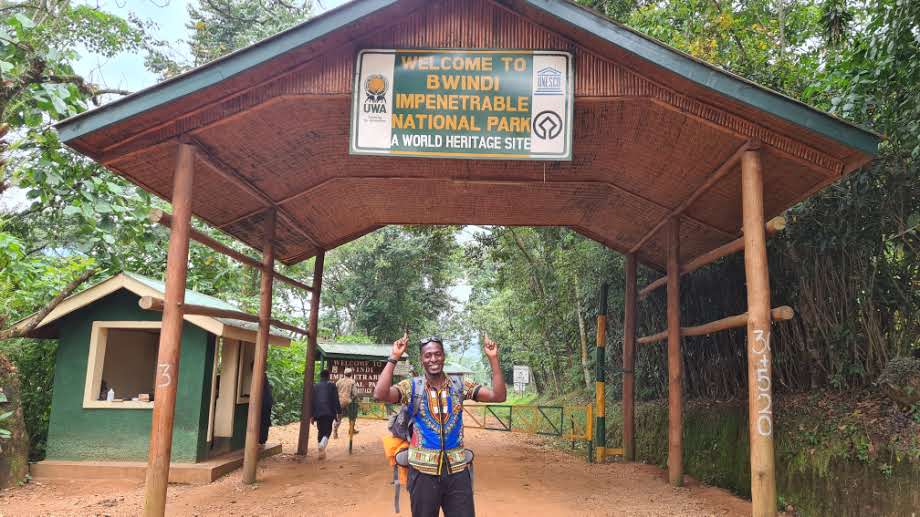
A Silverback serves the role as the protector of the family and husband to all-female Gorillas in that family. Silverbacks have light grey backs that arise as they age, hence the name silverback.
In a Gorillas family, there could be a Blackback. A sexually mature male Gorilla but younger than a Silverbacks. It succeeds the Silverbacks whenever it dies or becomes so weak to provide or protect the family.
However, this is not the only condition for the Blackback to head a family.
In the case where the Blackback fights with the Silverbacks and wins, it also takes on the family. The Silverbacks may leave the family and move on or stay but still be under the control of the young but stronger Gorilla (Blackback).
Tracking Mountain Gorilla Family – Habinyanja
For the Habinyanja Gorilla family that we visited in Bwindi – Buhoma sector. It is believed that Makara (Silverbacks) was nearly or over 40yrs. It is because Makara was found already grown before the family was habituated.
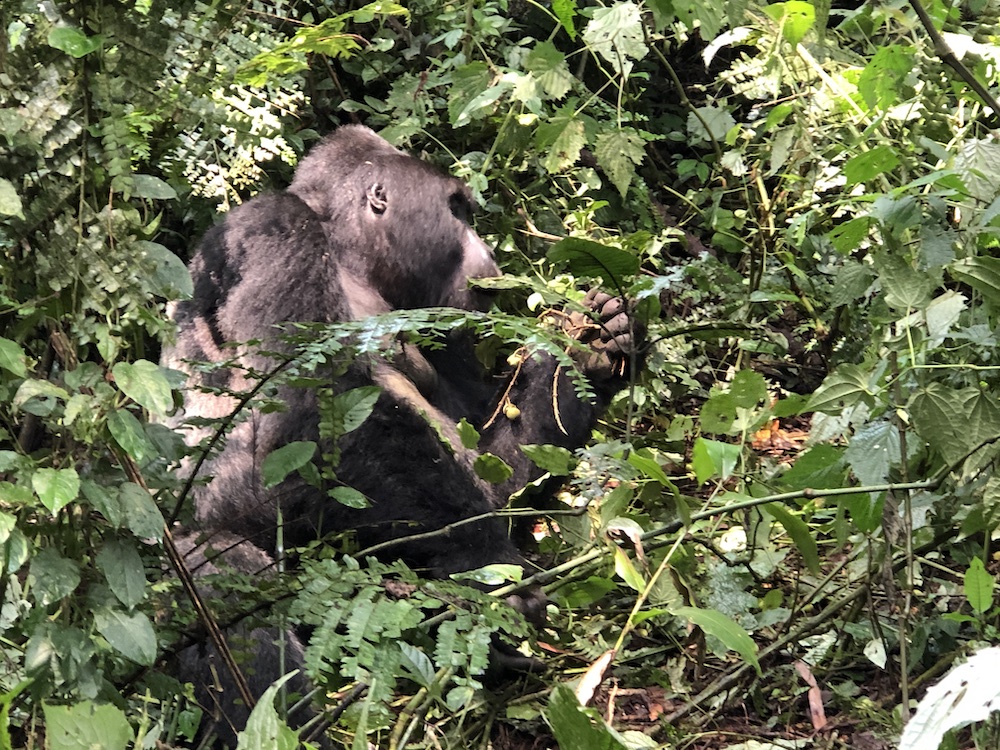
With 12 members in the family, I got the chance to spot 8 of them with the opportunity to take pictures and observe their way of living for 1hr, with the help and assistance of guides from the Uganda Wildlife Authority.
Tracking this family took is less than 30mins in terms of spotting where the family was feeding. But I am pretty certain that Uganda Wildlife Authority (UWA) took on the responsibility to make sure that we’re able to see the allocated family as fast as we could.
Therefore, UWA goes the extra mile to employ trackers/guides who spend most of their time in the forest observing and monitoring movements of Gorilla families. This makes it possible for them to easily direct visitors/tourists to the exact location of the Gorilla family in no time. Additionally, the guides at the UWA offices and those in the forest also keep in contact as a way of being informed of the whereabouts of the Gorillas.
Our trek to the Gorillas family from the BINP gate upon certifying our Gorilla tracking permits, took us nearly 45 mins drive through the park. We later had to disembark and get into the dense forests of Bwindi. It took us another nearly 30mins to get to the Gorillas.
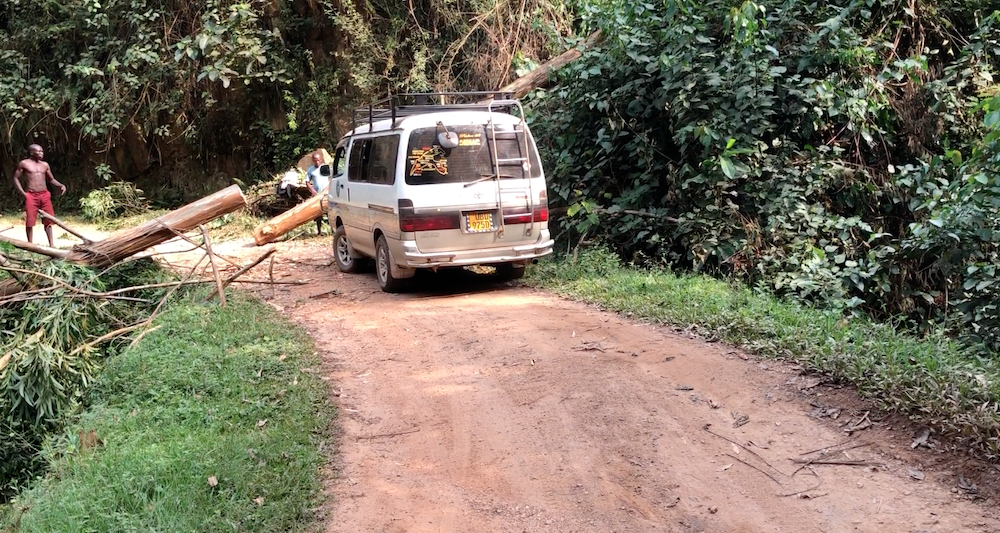
That aside, you don’t need much apart from your Gorilla tracking permit, a way to document your experience(camera/phone), and masks and sanitiser due to Covid-19. Keep in mind the fact that the Gorillas are also affected by human diseases and infections. You will also need a small pack of snacks, drinking water and a poncho or rain jacket. Don’t forget your gumboots or hiking shoes, they could as well do you good.
On completion, our group of 8 embarked on our return to the park offices to receive our Gorillas tracking certificates.
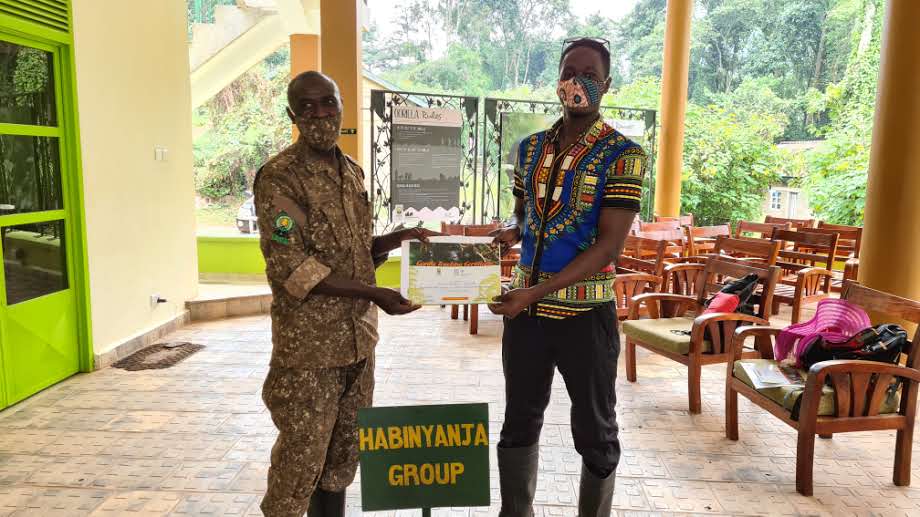
I should not forget to mention that we had ample time to observe and monitor the Habinyanja family with old and young males and females, how they interact, communicate, feed and live. All our burning questions where responded to by our guides.
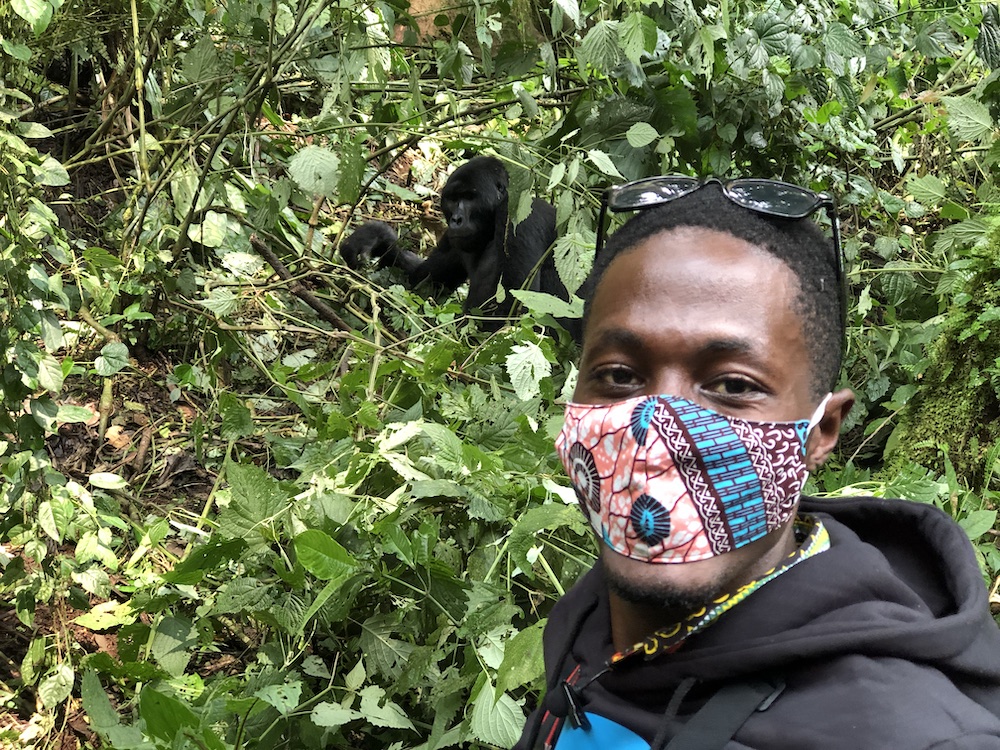
Excitement on first close Gorilla encounter 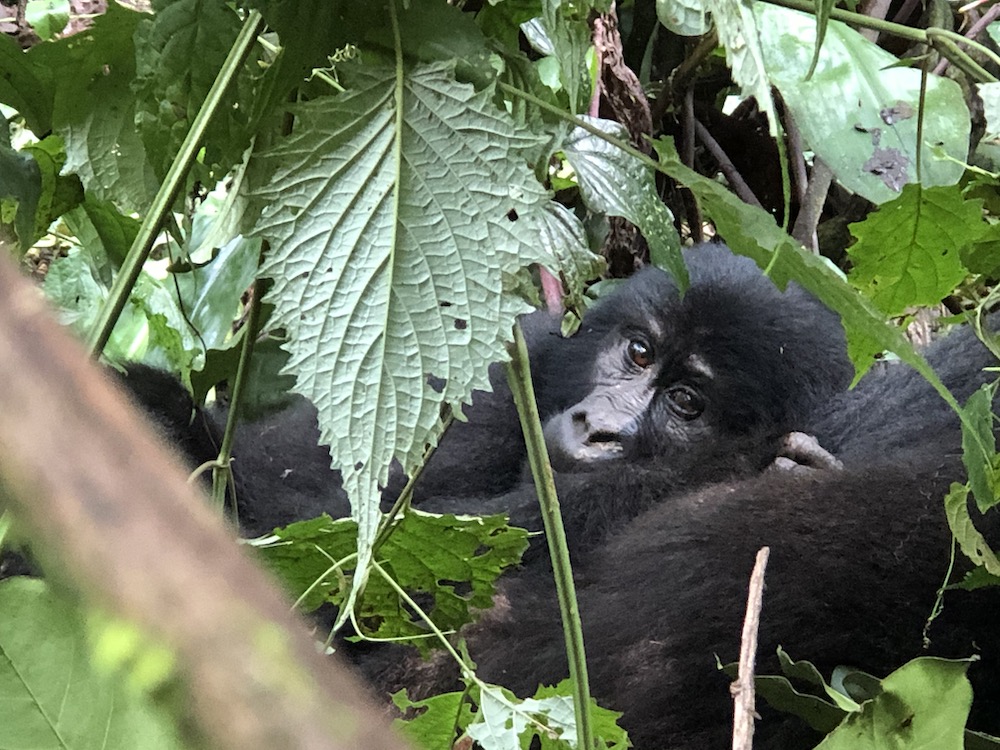
Baby Gorilla rests on the Mother’s belly
Upon receiving our Gorilla tracking certificates and photo opportunity at the park offices, we returned to Gorilla Conservation Camp a budget lodge where we spent both our night before and after the trek.
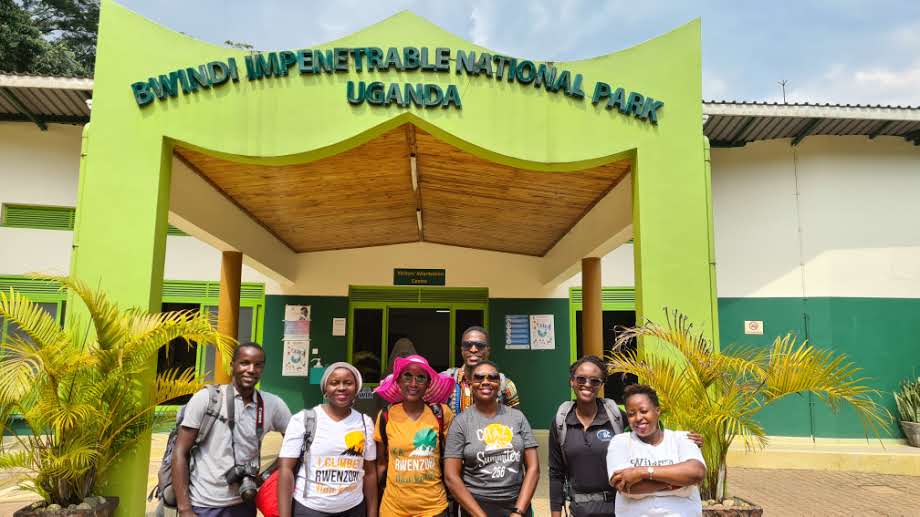
The next day, we returned to Kampala with help of our tour guide and trip organiser, Davis from Chimpanzee tours and travel.
You could make your trip more exciting by adding extra days and activities like visiting the Batwa communities, a day trek in the forests or and a visit to lake Bunyonyi on your way back to Kampala or Entebbe Airport.
Finally, after 14yrs of believing, I got the opportunity to see and somehow interact with Gorillas who not only have 98.5% DNA as humans, but also live and behave like humans. If you have this kind of dream, now’s the time to go for it. Life is short and sweet, if not now, then when?
You could as well find my Hiking Mt. Rwenzori blogs interesting to you. Check them out here.

